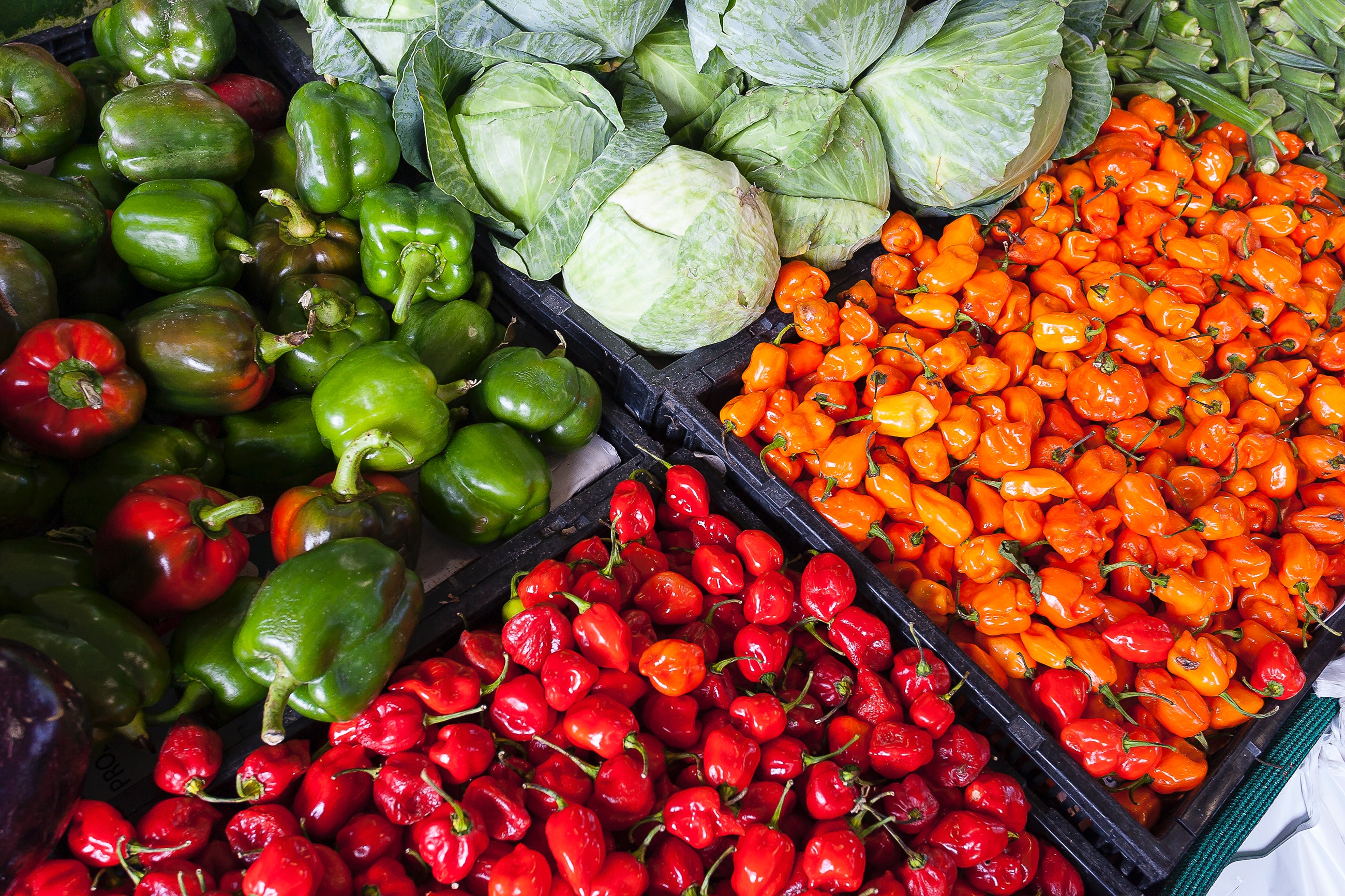The Advantages of Using Vertical Farming: The New Agriculture's Evolution
The Advantages of Using Vertical Farming: The New Agriculture's Evolution
Vertical farming is an innovative agricultural technique
that has been gaining popularity in recent years due to its potential to
revolutionize the way we grow crops. This method involves growing plants in
vertically stacked layers, often in a controlled environment. In this blog, we
will explore some of the advantages of vertical farming.
Year-round
crop production
One of the significant advantages of vertical farming is that
it can provide a consistent and reliable supply of fresh produce throughout the
year. This is because vertical farms use artificial lighting, which means that
they are not reliant on natural light, and can grow crops regardless of the
time of year or weather conditions. In traditional farming, crops are typically
grown seasonally, with planting and harvesting occurring at specific times of
the year. This means that there are often times when certain crops are not
available, which can lead to shortages and higher prices. Additionally,
unpredictable weather patterns such as droughts, floods, and extreme
temperatures can damage crops, resulting in lower yields and higher costs.
Vertical farming solves these problems by providing a
controlled environment that can be optimized for plant growth. Temperature,
humidity, light, and nutrient levels can all be adjusted to create the ideal
conditions for crops to thrive. This means that vertical farms can grow crops
year-round and consistently produce high yields, regardless of external weather
conditions.
The year-round production capabilities of vertical farming
can also lead to increased efficiency and cost savings. Because crops are
produced consistently throughout the year, there is no need for large, seasonal
plantings and harvests. Additionally, vertical farms can be located closer to
urban centres, reducing the transportation costs associated with bringing products
to market.
Space
efficiency
Vertical farming is incredibly space-efficient. With global
urbanization and the world's population continuing to grow, land for
agriculture is becoming increasingly scarce. Vertical farming presents a
solution to this problem by utilizing vertical space rather than horizontal
space to grow crops.
In a vertical farm, crops are grown in stacked layers,
typically in a controlled environment, allowing for significantly more crops to
be produced per unit of land than in traditional agriculture. This
space-efficient method of farming allows for greater yields of crops to be produced
in smaller areas, reducing the need for extensive land usage. Vertical farming
can be implemented in a variety of spaces, including urban areas, indoors, and
even in multi-story buildings. This makes it a flexible and versatile solution
for producing fresh, nutritious crops in areas where space is at a premium.
Resource
efficiency
Vertical farming is an environmentally friendly method of
agriculture. It reduces water usage by up to 70% compared to traditional
agriculture, as plants are grown using hydroponic or aeroponic systems, which
recirculate water. In traditional agriculture, large amounts of water are
needed for irrigation, and much of it is lost through evaporation, runoff, or
deep percolation. This can lead to water scarcity in many regions, particularly
in areas that rely on groundwater. Moreover, traditional farming methods often
lead to soil erosion, nutrient depletion, and water pollution, which can have
negative impacts on the environment.
In addition to water savings, vertical farming also reduces
the need for harmful chemicals, such as pesticides and herbicides. In a
controlled environment, crops are less susceptible to pests and disease, and
the use of harmful chemicals can be minimized or eliminated altogether. This
results in healthier and safer crops, which can be more attractive to
consumers.
Increased
productivity
Vertical farming is a highly productive method of
agriculture that can produce significantly more crops per unit of land than
traditional farming. Firstly, in vertical farming, crops are grown in stacked
layers, which allows for more plants to be grown in a given area. Secondly,
vertical farming uses artificial lighting and climate control systems, which allow
growers to control the growing conditions of their plants. This can be
particularly beneficial in areas with harsh weather conditions, as it enables
growers to create an ideal environment for the plants to grow.
Thirdly, vertical farms can grow crops year-round,
regardless of the weather conditions outside. By creating a controlled
environment, crops can be grown continuously without the need for seasonal
interruptions. Finally, vertical farming can be done in urban areas, which
means that the product can be grown closer to the consumers. This reduces the
distance produce has to travel, which can improve the quality of the produce,
as it can be picked at peak ripeness and delivered to stores faster.
Freshness
and nutrition
Vertical farming allows for the production of fresh,
high-quality produce. Since plants are grown in a controlled environment, the
risk of pests and diseases is greatly reduced, eliminating the need for
preservatives or other chemicals. This ensures that the produce is fresh,
nutritious, and vertical farming allows growers to harvest produce at peak ripeness,
which can lead to better-tasting and more nutritious produce. Traditional
agriculture typically involves picking produce before it is fully ripe so that
it can be transported long distances without spoiling. This can result in
produce that is not as flavourful or nutritious as it could be.
Reduced
transportation costs
One of the key benefits of vertical farming is that it
allows for the location of farms closer to consumers. By growing crops in urban
areas or even in buildings, vertical farming eliminates the need for
long-distance transportation of produce, reducing transportation costs and
associated emissions. In traditional agriculture, produce is often transported
long distances from the farm to the consumer, which can result in higher
transportation costs and greater emissions of greenhouse gases. By locating
vertical farms in or near urban areas, produce can be delivered to consumers
more quickly and with a lower environmental impact. This can also result in
fresher produce, as it does not have to travel as far and can be harvested
closer to the time it will be sold.
Additionally, by locating vertical farms in or near urban
areas, growers can cater to the needs of the local market more effectively.
They can tailor their production to the preferences of the local population,
and even adjust their production in response to changing consumer demands. This
can lead to more efficient use of resources, as growers can avoid
overproduction and waste.
In conclusion, vertical farming is an exciting and innovative
approach to agriculture that has the potential to transform the way we produce
and consume food. By offering year-round crop production, resource efficiency,
and fresh, nutritious produce, it could help to address some of the biggest
challenges facing the food industry today. As more and more farmers and
entrepreneurs embrace this technology, we can expect to see a range of new and
exciting applications for vertical farming in the years to come.







.png)




No comments yet